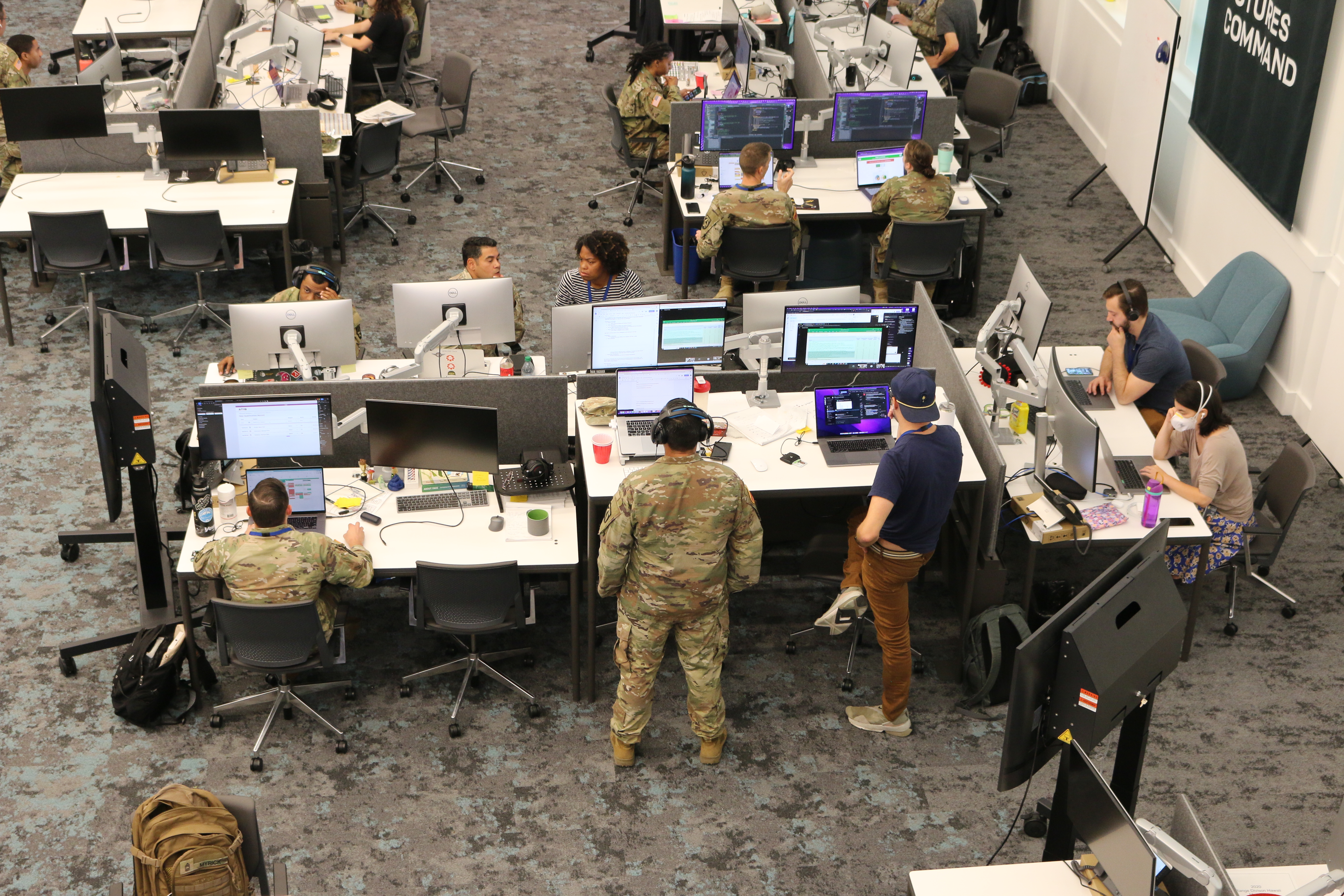
My friend and mentor Black Belt Hall of Fame Member and Educator, Hayward Nishioka 9th Dan, submitted this essay to me which I’m featuring as my Black Belt Blog for this week. Growing up this was the main way we got our next ranks. First there was a Dan-betsu shiai, followed by a test, then the inevitable wait while all the Sensei met in private to decide your fate before publicly announcing their decisions. It always meant for a day of high anxiety of both physical and mental stimulation.
A famous Tennis player once said, “I hate losing more than winning!” Jimmy Conners. A famous Nobel prize winner, Daniel Kahneman, identified this attitude as, “Loss Aversion,” or hatred of losing what one has already gained. It’s like climbing a mountain 3/4th of the way and having to turn back because of a detour sign. You’ve climbed all that way using all your energy, time and money, almost reached the top, only to find that you must turn back. The time, energy, and money used for a lost cause is termed “sunk cost.” It’s like losing an expensive container ship sunk at sea.
So, what does this have to do with judo promotions? Well, if you are a sandan or a nidan, how would you feel if you lost to a shodan or even an ikkyu, losing to someone who is supposed to be weaker than you. Not very good I would imagine, thinking of all those who are talking negatively about you behind your back. After all that time and energy used to get to a higher rank.
In a grade limit tournament, the pain of the loss to someone is somewhat diminished since you are fighting someone of your own rank. Shodan’s fight shodan’s, nidan’s fight nidan’s and so on. There is no loss to a lower rank in a Danbetsu Shiai. This is what we used to have in Nanka YDK before the 1970s. Every rank up to about yodan had a chance at least twice a year to go up in rank. There had to be at least 3 competitors in a particular rank. There was no categorization by weight division, just by rank ability then.
The thought was that weight or size did not matter, just rank mattered. This of course can be adjusted for depending on how many candidates apply for each rank, but you had to have at least 3 in a division. Let’s say you had five in the nikyu division applying to go to ikkyu and they vary in weight, height, and ability.
You can have a round robin and decide to promote just one candidate or two depending on what the promotion committee wants to do. But one for sure is promoted to the next level. If however you have three light weights and three heavy weights, you could split them up. Three light and three heavy divisions. The one who came out of the round robin of three would be considered for promotion to the next rank.
Promotions are determined by several criteria: 1. The most number of wins, 2. the manner in which contestant won 3. The contestant’s attitude and judo demeanor, 4. The recommendation of the dojo sensei in conjunction with the assessment of the promotion committee. The list of candidate’s to be promoted are to be presented before the BOD for final recommendation and promotion to the next level.
Our recent meeting also found that the individuals should know a little about judo’s history and philosophy. I certainly agree there should be some cognitive knowledge but it has to be determined how much knowledge should a shodan be accountable for.
What is looked for by the examiners:
Judo type movements in shiai. not only in the execution of a technique but in the set up; kuzushi, tsukuri, kake, kime, and moving about the mat while looking for an opening or defending simultaneously.Integrity in demeanor, judo etiquette determination, skill, courage, attitude.Improvements and comments by examiners may be considered also. That means the committee may have the final say in who is elevated or not, in spite of or including performance in the Danbetsu Shiai.The idea of fighting someone who is larger or smaller presents a challenge that has been missing for some time. In life or in battle you never know who you are to fight. One just does the best they can. For the larger person it is not all that easy. He is forced to move more and use up aerobic energy, something that the smaller person is already use to. For the smaller person he is forced to use his guile and quickness to compensate. Both benefit from what judo use to be known for; the small man using the opponent’s body against the opponent. Strangely enough, if you think about it, this is also true for the larger person against the smaller person. It happens all the time in the dojo randori sessions. Life as in the dojo as in the Danbetsu shiai, you do the best you can with what you’ve got. If you practiced correctly, you’ve got talent!Okay, if you’re really concerned and have four ikkyu heavyweights and just one lightweight ikkyu think of some other way to promote them. Maybe have the lightest of the heavyweight fight the lightweight. A bridge to be crossed when we get there.
The Benefits of a Danbetsu Shiai:
It makes sure that there is promotional progression in the Yudanshakai.We are required by our contract with the USJF to conduct at least two promotional events per year to maintain our ability to issue a USJF rank up to godan. Rokudan and higher ranks are determined at the USJF national level, which we are a part of, as we have over the minimum required to award up to godan, plus have an automatic seat on the National promotion committee.Dan ranks; issued by the USJF through Nanka Yudanshakai must meet other standards as well; Up to date USJF membership, Safe Sport, Head-Up, and a background check for anyone 18 or older who becomes a black belt. This is a compulsory issue concerned with our insurance.This is another program that our YDK provides for our members that other YDKs are yet to provide for their members; another way to elevate in rank by competitive means.At the very least it provides an avenue for promotional points at the levels that are equal to one’s own rank. Remember, no points for beating someone of a lower rank. There is at least one point given for entering the tournament. Then there is the opportunity to possibly fight for more points; in the round robin of five competitors there is the possibility of winning more points towards your promotion. The Maximum no of wins would be four points, but then you would be immediately considered to be promoted to the next level. So if you had at least one win by ippon that, added to the entry of the tournament gave you two points added to your next promotion. If you had the maximum of three wins, that would give you four wins. Also depending on your performance, a possible promotion by honorable mention as being second in the pool of five. It is important to the YDK to maintain a certain level of competitive experience for its members who will eventually become our leaders of tomorrows Nanka Yudanshakai. As it is, we are getting fewer and fewer of our members who have experienced the trials and benefits of high level competition even at the Senior National level much less Senior International level. It is easier for the leaders of Nanka to think they can determine what is required of a certain rank level. Everyone thinks they know what a shodan is or even an ikkyu or sankyu. But really, can you spell it out. I don’t think so. I can’t even do it. The lines of difference have melded into each other over the year’s and we don’t have a way to see them clearly today. The old timers did because they had a Danbetsu shiai. We can hardly say that we can take a beginner white belt and take him all the way through to the end of his career in judo, where at the end he or she can say “I gave it my best shot from start to finish.” Now as a high rank I am giving back to judo, what it has given me. A chance to progress, to make friends, to make myself better, to help others, and the organization that made it possible to become a better me, to make a better Nanka Judo. Lastly, the Dan Betsu shiai not only encourages competitive excellence it helps Yudansha a better understanding of what is the true strength of the YDK, and what is to be expected in order to be at each of the kyu and dan levels between sankyu and ikkyu and shodan to godan at the competitive level.
The process for entering a Dan Betsu tournament:
1. Fill out an entry form for the Nanka Dan Betsu Shiai. Entries must be accepted three weeks in advance of the tournament. All required paperwork has to be sent in for evaluation of paperwork by the committee or the application will be returned and the athlete will not be allowed to test.
A. It requires your instructor’s certification note or Nanka records that you are at the rank level you claim to be, that is if you are a brown belt hoping to advance in kyu rank.
B. If you are a shodan or higher hoping to go to nidan. or a nidan wanting to go to sandan. You will need your current USJF membership card specifying your USJF rank. A dated photocopy will suffice.
C. Fill out the application form and submit it with a check for $20.00 to Nanka Judo Yudanshakai. This is only the fee for the Nanka Grade Limit tournament. Other fees are applicable for different rank levels.
D. At the same time while filling out your entry form it may be advisable to fill out a USJF Promotional form 20 to keep in your own files. You may need to submit one if you are to be promoted.
2. The tournament process
A. Names are placed into pools; minimum of 3 maximum of 5 to compete in a round robin. Winners of pools are to be heavily considered for promotion. Sometimes even 2nd placers may be considered. For example 1st place may have won all his matches, by hantei, but 2nd place won by 3 ippon and a loss by a hantei.
B. Where possible weights will be considered but secondarily to ranks.
C. Winning any pool does not guarantee a promotion to the next rank. There is a review committee that makes the determination that is led by the chairperson of the Nanka Junior Board of Examiners. The other considerations needed to be promoted are as follows:
1). A specified certificate of a kata determined by what rank you are applying for.
2). Knowledge of the history of judo and its philosophy.
3). A composition on why you are in judo and how it is helping to make you a better person.
4). A letter of recommendation from your Sensei, mentor, or coach.
Updates:
Legend Gene LeBell’s Life Is Set To Be Made Into A Book And Film
Updates:
September – 2022
11th Sunday – 1st Annual North American Judo Championships, Wayne, NJ11th Sunday – Nanka Fall Tournament, Westminster, CA17th Saturday – Becerra Judo Challenge, Plano, TX18th Sunday – Nevada State Kosen Judo Championship, Las Vegas, NV
24th Saturday – Referee Clinic Tijuana, Mexico
2nd Friday to 4th Sunday – Grassroots Judo Winter Nationals & Clinics, Azusa, CA
I’m always looking for new subjects to write about regarding judo as well as contributions from my readers. Please send them to gary@garygoltz.com.
Judo blog, Judoka, Judo
Black Belt Magazine
[crypto-donation-box]






